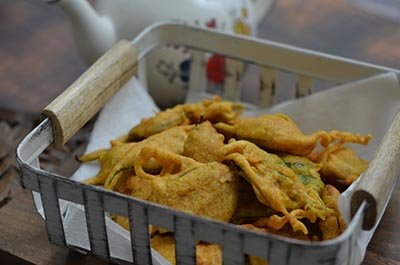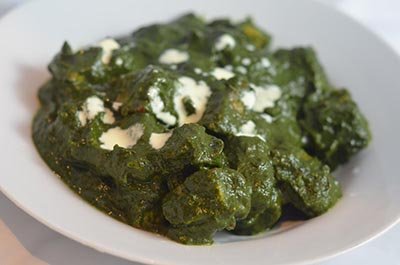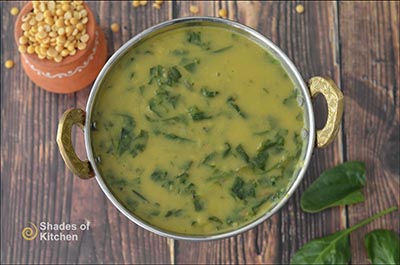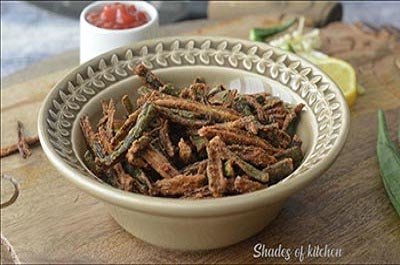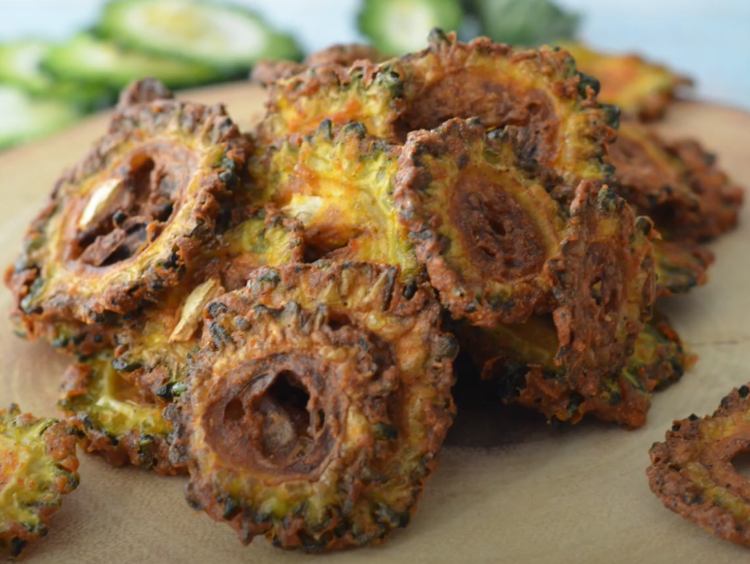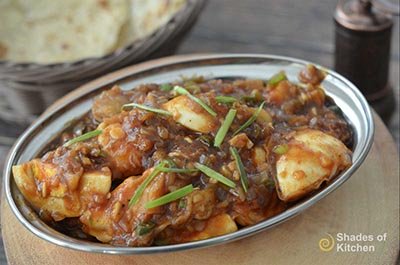Palak Pakora | Spinach Pakora | Quick Evening Snack (VIDEO)

Podi Idly | Mini Idly | Gunpowder Idly
January 19, 2020
Veg Biryani | Pressure Cooker Veg Biryani | Vegetable Biryani (VIDEO)
February 19, 2020
The English word for Palak is Spinach which is rich in iron. It is at the top of the most superfood list. We can even add spinach in our smoothies along with kale to kick start our day in a healthy way. We try to add greens in our diet but we end up wasting most of it since most children and few adults are not fond of greens. This is an easy way to feed spinach for those fussy people. I love to try different dishes using green especially palak. As we live in the UK, we don’t get access to most of the leafy vegetables but spinach is available all round the year so we try all possible recipes with this vegetable.
Spinach leaves dipped in besan flour batter and other spice powder, which is deep-fried which makes a wonderful evening snack. Palak Pakora can be paired with tea or just serve with tamarind sauce or green chutney.
Palak needs to be stored carefully in the fridge. Store them in loosely packed in a sealed bag in the fridge up to 4 to 5 days. Never wash the spinach leaves before storing them in the fridge then the moisture will spoil the leaves.
Palak is a versatile leafy vegetable, we can make both traditional and western recipes. I have tried many dishes using palak which I have replaced for other leafy vegetables. Palak Paneer is a very famous recipe and I make them very often and it’s an easy way to feed the children. This recipe is whole spinach leaf dipped in besan flour batter but you can make other variation too like adding the chopped spinach leaves in the batter and add rest of the other ingredients and mix well and pop it in the oil to make bit size pakodas.
Check out the recipe video here:
Benefits of Palak (Spinach):
It is rich in Iron, Calcium, and Magnesium
- It helps with diabetes management.
- It prevents us from Asthma and cancer
- It improves bone health.
- It helps in healthy hair and skin maintenance.
Ingredients
- Palak Leaves (Spinach) – 25 to 30 leaves
- Besan Flour – 1 ½ cup
- Chilli Powder – 1 tsp
- Turmeric – ½ tsp
- Ajwain – ½ tsp
- Salt, to taste
- Oil, for frying
Method
- Take a bowl, add in besan flour.
- Then add all the other ingredients and mix well.
- Now add in water slowly to form a moderately thick batter.
- There should not be any lumps in the batter.
- Now heat oil in a pan for deep frying.
- Then take each Palak leaf and dip in the batter and drop gently in the oil.
- Fry them until they are golden brown.
- Serve hot with tea or any dips of your choice.
- Leaves should not be wet when you dip them in the batter. Wipe the leaves after washing.
- You can add rice flour to get crispier.
- Adjust chilli powder according to your preference.
- Don’t skip ajwain, it helps in digestion.
- Place Palak Pakora on a serving plate. Top them with Tamarind Sauce, Mint chutney, Yogurt (curd) mixed with little sugar, sprinkle some roasted cumin powder, chaat masala red chilli powder, add chopped onions, coriander and nylon sev.
- Once the assembling is done, serve immediately otherwise the chaat will become soggy.


